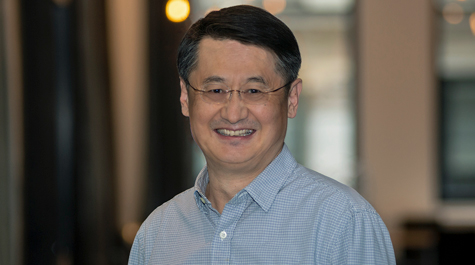DOE awards supercomputer time to team led by Shiwei Zhang
A team led by William & Mary physicist Shiwei Zhang has been allocated supercomputer time on a machine at Oak Ridge National Laboratory.
A release from the U.S. Department of Energy announced that the Zhang team will receive access through the DOE’s Innovative & Novel Computational Impact on Theory and Experiment (INCITE) program.
“INCITE resources have provided the opportunity for increasingly ambitious data and computationally-focused science and engineering projects,” said James Hack, director of the National Center for Computational Sciences, which houses the Oak Ridge Leadership Computing Facility. “This year’s awards include a very strong and diversified collection of scientific investigations, many of which will build foundations for computational exploration on the coming generation of exascale machines.”
Zhang is a Chancellor Professor in William & Mary’s Department of Physics. He also is a senior research scientist at the Flatiron Institute of the Simons foundation, where he is a group leader at its Center for Computational Quantum Physics.
He is the principal investigator on the project “Quantum Simulations of Photosystem II and Cuprate Superconductivity.” Co-Investigators are Richard Friesner and David Reichman of Columbia University and Steven White of the University of California, Irvine. The team was allocated 550,000 node-hours on Summit, Oak Ridge’s 200 petaflop supercomputer.
A DOE release explains the focus of their work: “The project of Zhang’s team concerns two transition-metal oxide systems crucial to energy science: the catalytic site of Photosystem II (PSII) and cuprate high-temperature superconductors (HTSC). PSII is a protein complex in plants that converts water to oxygen with high efficiency using light and has the potential to serve as a functional model for how solar energy can be harvested in order to perform useful work.”
The release notes that this project and similar work involving the challenges posed by many-body systems governed by the laws of quantum mechanics can be addressed by through petascale and exascale computing.
“HTSC materials have the potential to revolutionize many energy-related technologies. However, the underlying physics is not well understood,” the release states. “Going beyond simple models, Zhang’s team plans to produce more accurate physical predictions via direct calculations of the chemically realistic copper oxide system.”
















